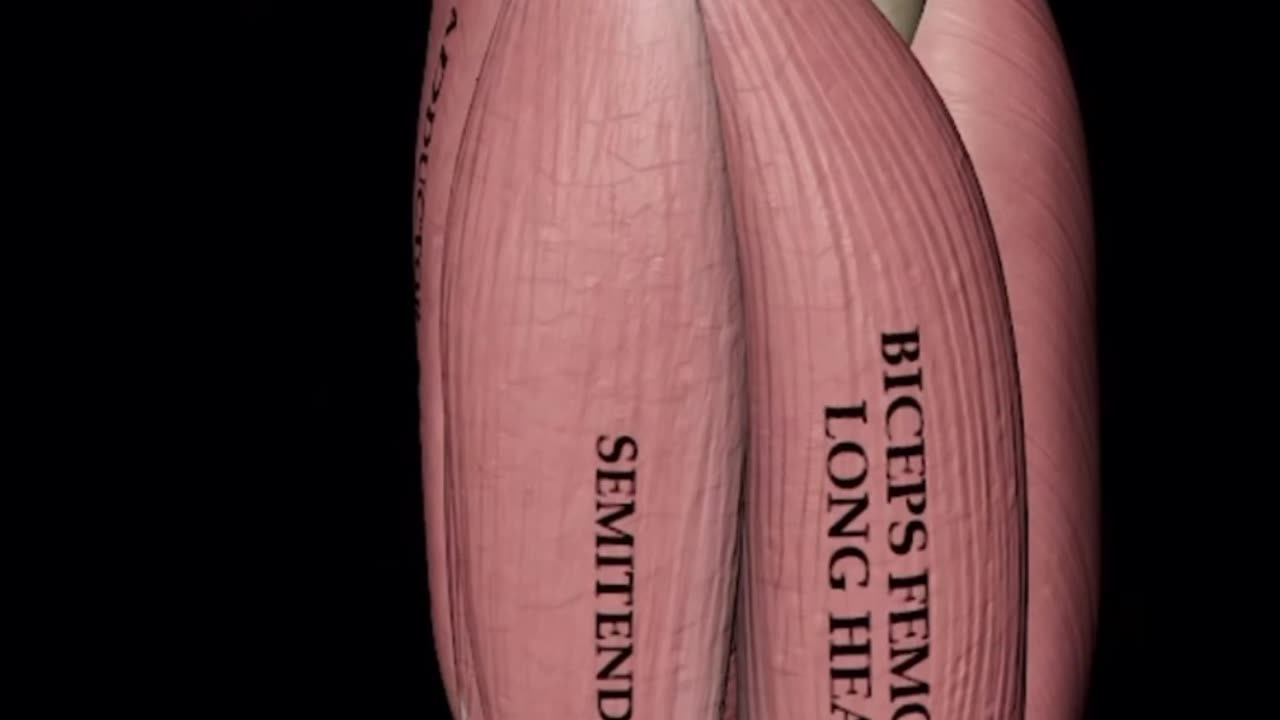Premium Only Content

Piriformis muscle
Piriformis is a muscle of the gluteal region which lies deep to the gluteus maximus. Piriformis belongs to a group of six short external rotators of the hip , i.e. gemellus superior, obturator internus, gemellus inferior, quadratus femoris, obturator externus. Attaching to the sacrum on one end and the greater trochanter on the other one, this muscle is reponsible for stabilising the hip joint and moving the thigh in various directions.
This is a flat pyramid-shaped muscle that arises from the anterior surface of the sacrum, between the sacral foramina. It passes laterally to exit the bony pelvis through the greater sciatic foramen, often attaching to the gluteal surface of the ilium, close to the posterior inferior iliac spine. It inserts onto the apex of the greater trochanter, posterosuperior to the insertion site of the conjoined tendon of gemellus superior, obturator internus and gemellus inferior.
The muscle divides the greater sciatic foramen into two foramina (suprapiriform and infrapiriform). The superior gluteal artery and nerve (L4-S1) leave the pelvis through the suprapiriform foramen. The sciatic nerve, inferior gluteal nerve (L5-S2) and artery, posterior femoral cutaneous nerve (S1-S3) and the nerve to quadratus femoris (L4-S1) leave the pelvis through the infrapiriform foramen. The pudendal nerve (S2-4) also leaves the pelvis through the infrapiriform foramen, wraps around the sacrospinous ligament, and re-enters the pelvis by passing back into the lesser sciatic foramen. After re-entering the pelvis, it is joined by the internal pudendal artery and vein. The gluteus medius and minimus are medial rotators, and hence oppose the action of the lateral rotators.
-
 LIVE
LIVE
vivafrei
9 hours agoEp. 257: More ROGUE Judges! More Deportations! Candace v. RFK Jr.? Wisconsin Election & MORE!
28,816 watching -
 LIVE
LIVE
Nerdrotic
2 hours ago $1.66 earnedGobekli Tepe Coverup, Pyramid Structures w/ Jimmy Corsetti & Wandering Wolf | Forbidden Frontier 096
1,210 watching -
 LIVE
LIVE
Sarah Westall
3 hours agoTranshumanism vs Natural Human Zones, AI consciousness and the Hive Mind Future w/ Joe Allen
808 watching -
 32:19
32:19
SB Mowing
2 days agoThis yard was putting KIDS IN DANGER - Now they can SAFELY play outside again
7.91K14 -
 LIVE
LIVE
Lofi Girl
2 years agolofi hip hop radio 📚 - beats to relax/study to
805 watching -
 47:41
47:41
Tactical Advisor
4 hours agoMake Your AR15 into a Bullpup/New Thermals | Vault Room Live Stream 018
28.1K11 -
 18:07
18:07
Bearing
11 hours agoThe INSANE MENTAL DECLINE of the Democrats 💥 Lefties are NOT Ok
42.9K103 -
 DVR
DVR
Thomas Xplores
4 hours ago $0.09 earnedBeating Fallout 4 With Pipe Pistols Only - Ep. 2
5.15K -
 LIVE
LIVE
RelliksGaming
3 hours agoFinding Our Base
86 watching -
 8:23:00
8:23:00
GritsGG
9 hours ago#1 Warzone Win Grind! 🔥
128K4